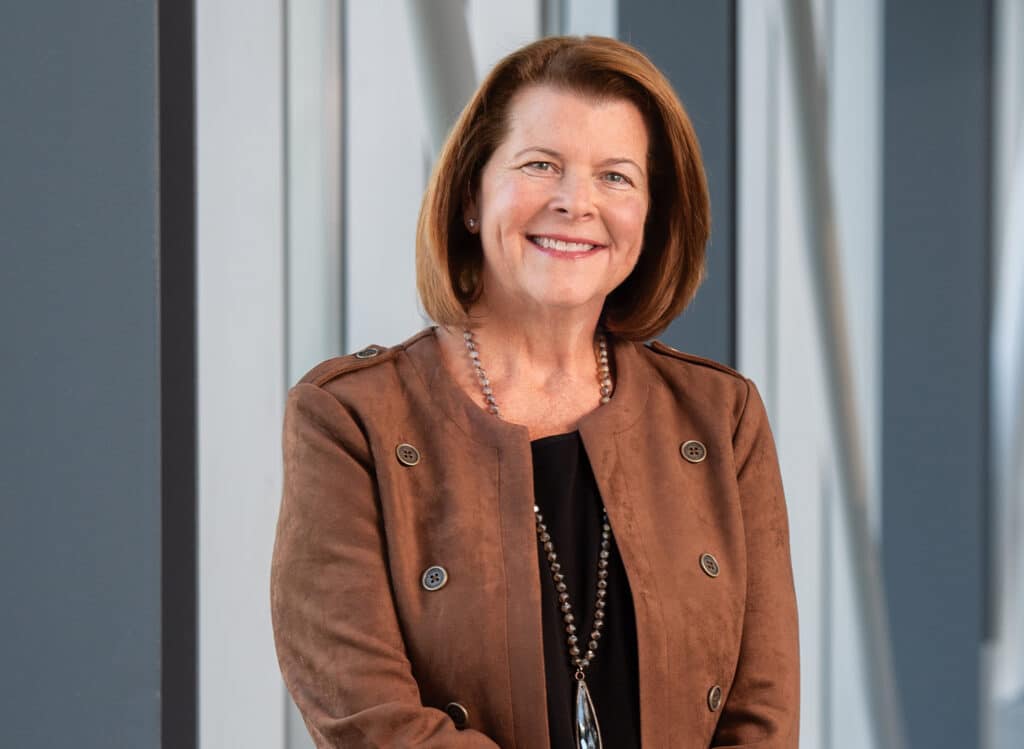Businesses tune into customers with social media

Phil James knows why most small businesses eventually abandon social media.
It’s not because social media strategies don’t work – James has built a large following for Café di Scala on Twitter and Facebook – it’s that those businesses won’t take the time to have a conversation.
“This is a relationship world we live in,” he said. “It’s very important if you have a brand and really want to sell something, you’ve got to get to know your customers.”
The connection and interaction with customers that social media offers has led some business owners in Des Moines to rely less on traditional advertising and instead use platforms like Facebook and Twitter to market their businesses.
Twitter allows customers to be on the same level as businesses. They can interact as equals, and customers can have a direct conversation with business owners by replying to each other in an open public forum.
“It’s not different than a breakfast club, your Rotary Club, the Knights of Columbus or any other networking groups,” James said.
The most important thing for businesses to do, he said, is to listen to the community.
Where some businesses make mistakes, James said, is they don’t interact with customers, or if they do, they are only using social media tools to sell a product. He likened the practice of just tweeting links to products to going to a networking event and saying, “Hi, I’m Phil. Want to buy some cookies?”
James said he recommends a 5-to-1 ratio: five personal tweets for each one pushing a product.
“We have an opportunity here to really have a conversation with people and really listen to people and find out what sort of things are on people’s minds,” he said.
People on Twitter and Facebook aren’t there to see ads, he said, so businesses have to develop a personal relationship with customers before they try to sell them something.
James said when he first set up a Twitter account for Tony Lemmo, owner of Café di Scala, he saw the benefits of interacting with customers.
“The issue that he had was anytime someone would talk about the restaurant in a bad light online, he really didn’t have a strategy for combating it,” James said.
Although a negative blog post may seem minor, James said it could have a significant impact if the blogger has a lot of followers.
Larry James, Phil’s brother and the owner of Mars Cafe, said it’s important for businesses to have an online presence because, whether the business is involved or not, people will be talking about their brand online.
If businesses use social media well, customers will know who they are communicating with, and that puts a personal face on the brand.
Reid Travis, social media manager at Panchero’s Mexican Grill, said because customers know they are communicating with him on Twitter, he can address problems they have and if the customers come back with other problems, he knows their name.
“When you find Panchero’s online, you’re not interacting with Panchero’s. You’re interacting with Reid at Panchero’s,” he said. “I think that level of commitment kind of shows you’re interacting with the same person every time, someone who (they are) familiar with.”
Katie Ketelsen, a landscape designer with TimberPine Nursery in Earlham, said using social media is a way for people to learn what a business or a person is about without ever meeting them.
“I’m shaking hands before I meet you,” she said.
When first starting out, businesses need to realize that the ultimate goal of using social media is to build a brand that is profitable, but that really isn’t the sole focus, Larry James said.
On Twitter, he said, businesses need to be a source of information and show that they are experts in their fields.
For example, he tries to share articles about coffee and events that are going on in the Des Moines area as well as specials the cafe has. Larry James said he and Matt Schwery, the cafe’s manager, take time to respond to customers’ questions on Twitter promptly and engage them in discussions.
To build a following on Twitter or Facebook, Larry James suggested that businesses start following people and businesses in the area and then listen.
One way to do this, Travis said, is to use keyword searches on Twitter to find people already talking about the business. He said if he searches for Panchero’s on Twitter and finds people talking about the restaurants, he follows them and asks how their experience was. That helps him to get to know customers better and it lets them know that Panchero’s is using Twitter.
Larry James suggested that businesses should follow back the people who follow them on Twitter. Ketelsen recommended having a good ratio between how many people a business follows and how many are following them. She said often she’ll find people on Twitter who are following thousands of people, but have no followers themselves, so they look like less of an expert.
Depending on the industry, the content that businesses share will vary.
Larry James said businesses should stay away from subjects such as politics and religion that are controversial and could alienate customers.
“Whatever person you have doing it has to understand completely what that company stands for,” he said.
Phil James recommended just sharing things that people would find interesting, even if it means re-tweeting or helping promote a competitor. He said he will sometimes re-tweet information about events that other venues are having, because businesses can’t expect that their customers will always go to one establishment. Phil James said he doesn’t expect for the businesses he re-tweets to do the same with his content, but he said if they do, it only helps his café. Collaboration is a big part of Twitter, he said.
“It’d be nice if we could all just help each other out,” he said.
Travis said he prefers to communicate with Panchero’s customers on Twitter, but also uses Facebook. He said Twitter allows him to be more personal because he can respond to people individually, whereas Facebook is broader.
Which platform is best to use really depends on a business’s customers, Ketelsen said. She said most of her customers are still just getting into Facebook, so that is a medium TimberPine needs to emphasize. But, she said, the company also has a presence on Twitter in case its customers start to use it.
The advantage she sees with Facebook is the ability to post photographs of events at the nursery or projects they have done.
After customers and businesses develop a good relationship with one another, customers can begin to take hold of the company’s brand and promote it through their Twitter or Facebook accounts.
Larry James calls these types of customers “brand evangelists.”
One of the biggest promoters of Mars Café, he said, is John Pemble, a musician and program producer for Iowa Public Radio. Larry James said the two met on Twitter and because Pemble is “quite a character,” he has driven a lot of customers to the café – without any pay or free items from Mars.
“I have nothing to do with what John says about Mars Café; thankfully he’s saying good things,” Larry James said. “He’s single-handedly taken our brand and really expanded the universe to people that have never been in contact with it, or have never come to our place.”
The key to cyber success, Larry James said, is to be a good business in the real world. He said even if a company has a good online presence, it still won’t be successful without good products or services.
Another way to get involvement and promote a brand is through contests.
Travis said Panchero’s frequently does contests where it gives gift cards through social media. The contests are usually simple, like trivia questions or having followers tweet pictures with “Panchero’s” written on their arms.
“It kind of gets people really engaged with the brand and it reminds them why they are following us, why they are taking the time to let us into their social life,” he said.
One platform that is becoming more prominent is Foursquare, a type of social media game. With Foursquare, users “check in” at different locations they visit, using their mobile phones.
The user who checks into a location the most becomes that location’s “mayor.” Mars Cafe has started using Foursquare to drive customers to the store by offering specials for the mayor. Schwery said the mayorship of Mars Cafe has been competitive, so it drives people back to the cafe.
Though the Des Moines community on Twitter is very active, it’s hard to quantify exactly how much using social media actually benefits a business from a financial standpoint.
Specials promoted through Twitter and Facebook are primarily loss leaders, Larry James said, aimed at just getting people to come through the door. Phil James said from March 2009 to March 2010, the number of hits on the Café di Scala website went from 125 to 1,000, but he said there is no way to tell if those people are coming into the restaurant.
But for many business owners, in the end it’s not about the bottom line. It’s about the relationships they have made.
“I’ve met a ton of really interesting people through Twitter that I never would have known,” Phil James said.






